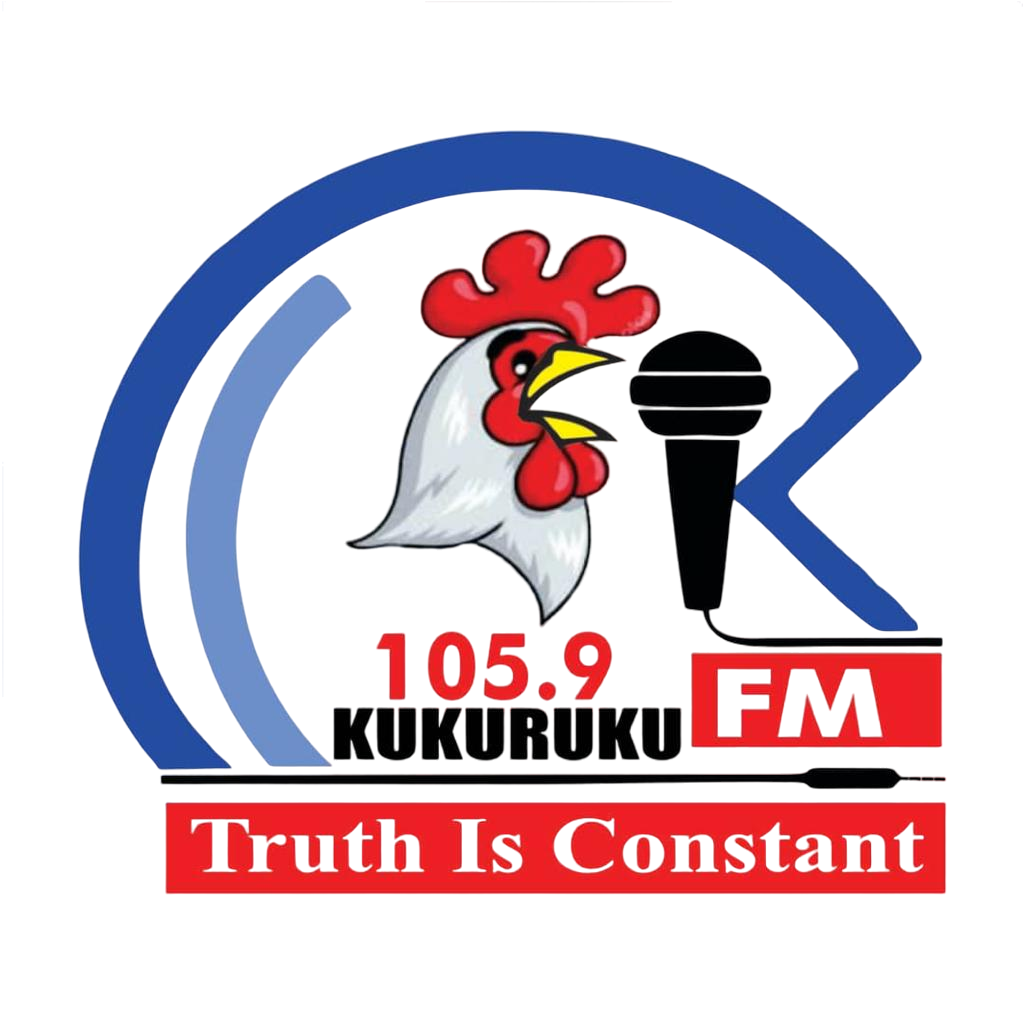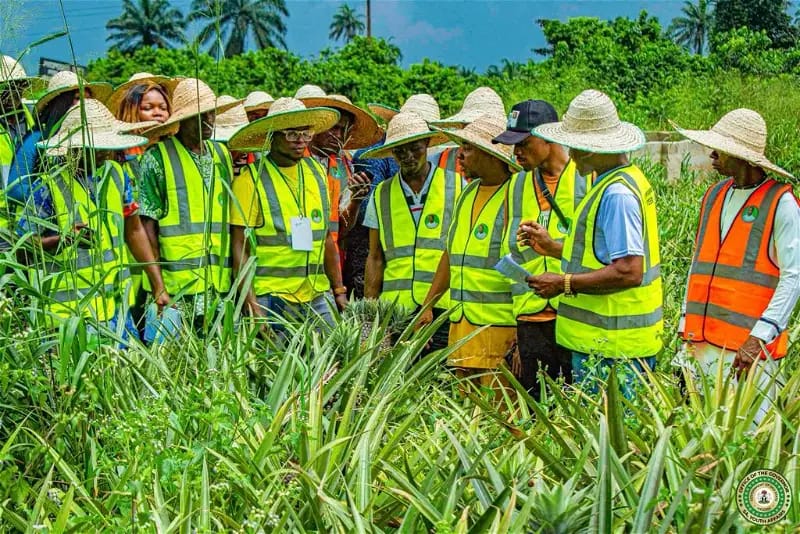The Agriculture sector in Nigeria has experienced a significant decline in growth over the past five years, despite a notable increase in bank lending to farmers. This decline is believed to be a reflection of the adverse impact of insecurity, flooding, and extreme weather on farming activities in the country.
A comprehensive analysis conducted by Financial Vanguard on banks’ lending activities over the past decade revealed a substantial growth of 197 percent in loans to farmers, amounting to N1.8 trillion over the five years leading up to 2022. This growth outpaced the 107 percent increase recorded in the previous five years until 2016. Consequently, the agricultural sector’s share of total banks’ lending rose from 3.3 percent in 2017 to 6.16 percent in 2022, marking a significant 2.86 percentage points increase over five years. In contrast, the previous five years witnessed a decline as the agricultural sector’s share of total banks’ lending fell from 3.4 percent in 2011 to 3.3 percent in 2016, representing a 0.1 percentage point decline.
The agricultural sector holds great importance for the Nigerian economy, contributing over 20 percent to the nation’s Gross Domestic Product (GDP) and accounting for approximately 35 percent of jobs in the country. However, access to loans has long been a major constraint in the sector as banks perceive it as high risk and, therefore, exhibit reluctance to lend to farmers. Consequently, the agricultural sector’s share of total banks’ credit has historically remained below 5.0 percent, with annual growth in lending to farmers below 2.0 percent.
To address this challenge, the Central Bank of Nigeria (CBN) announced in 2011 a ten-year target of allocating seven percent of the credit to the agricultural sector. In pursuit of this target, the apex bank introduced several measures, including the establishment of the Nigerian Incentive-Based Risk Sharing System for Agricultural Lending (NIRSAL), as well as intervention funds like the Commercial Agricultural Credit Scheme (CACS) and the Anchor Borrowers Programme (ABP). The CBN reaffirmed the seven percent target in the NIRSAL document, emphasizing its aim to increase lending to agriculture from 1.4 percent to 7 percent of total banks’ credit to the economy within ten years, with NIRSAL becoming economically self-sustaining.
This target translates to a 400 percent growth in the agricultural sector’s share of total banks’ credit from 2011 to 2021, equivalent to an annual growth rate of 40 percent. The recent 197 percent growth in banks’ lending to farmers between 2017 and 2022 reflects an annual growth rate of 39.4 percent, which falls 0.6 percentage points below the CBN’s target of 40 percent. Furthermore, the share of agriculture in total bank credit stood at 6.16 percent in 2022, representing a 0.84 percentage point deficit compared to the CBN’s 7 percent target.
Although the industry is projected to achieve the CBN’s targets by the end of the current year, it lags behind the original 2021 timeline by two years. Despite the increased lending to farmers, the agriculture sector experienced a decline of over 50 percent in growth over the five years leading up to 2022. Data from the Nigeria Bureau of Statistics revealed that the sector’s real GDP grew from N16.607 trillion in 2016 to N19.09 trillion in 2022, representing a growth rate of 14.9 percent during this period, equivalent to an annual growth of 2.98 percent. However, this growth represents a decline from the 23.7 percent growth recorded in the preceding five years.










